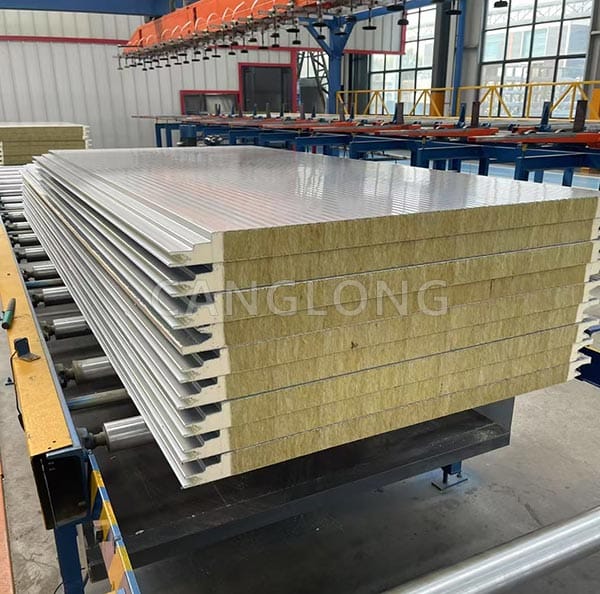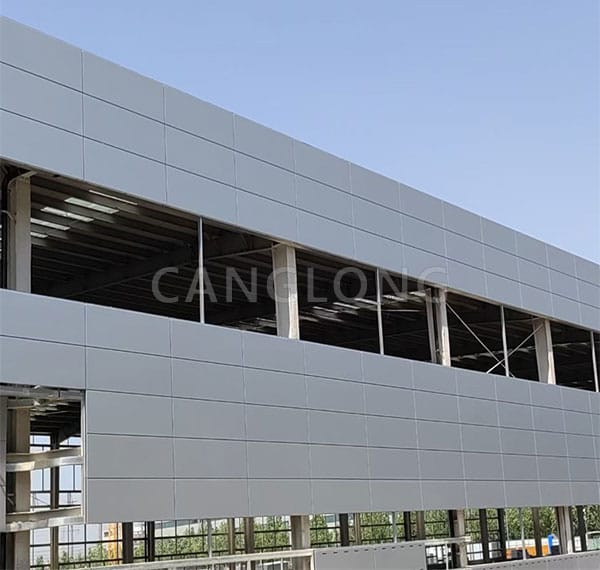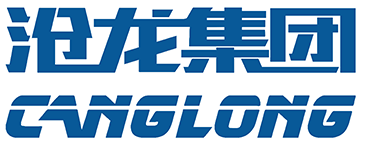How to install PU edge insulation wall panels in factory buildings?
Under the wave of global Industry 4.0 and green transformation, factory construction is facing dual challenges. It is necessary to meet strict energy-saving regulations (such as the EU EPBD directive and the US ASHRAE 90.1 standard) and shorten the construction period to reduce operating costs. Traditional wall materials (such as color steel plates and block walls) are gradually difficult to adapt to the needs of modern industrial scenes due to insufficient insulation performance, long construction period, and high maintenance costs in the later period. PU edge insulation wall panels (polyurethane edge insulation composite wall panels) are becoming the preferred material for industrial factory renovation and new infrastructure in Europe, America, the Middle East, Southeast Asia and other regions with their comprehensive advantages of efficient insulation, fast installation, and low cost throughout the life cycle.

1. PU edge insulation wall panels are tailor-made wall solutions for factory
PU edge-sealed insulation wall panels are a composite wall material with polyurethane (PU) rigid foam as the core insulation layer and metal panels (such as galvanized steel plates, aluminum-magnesium-manganese plates) or fiber cement panels on both sides. Its core technology lies in the edge-sealing process. Through tongue-and-groove biting, gluing + mechanical fixing, the insulation layer and the panel are seamlessly connected, completely solving the pain points of thermal bridge leakage and seam seepage in traditional insulation walls.
Why do factory building need it more?
The requirements of industrial scenes for factories are far more than just sheltering from wind and rain:
- Energy saving needs: The EU Energy Efficiency Directive requires that industrial building energy consumption be reduced by 30% in 2030 compared to 2020, and the US OSHA standard requires factories to maintain a constant temperature (especially food, pharmaceutical, and electronic factories).
- Quick production: Land and labor costs are high, and every month of extension of the factory construction period may result in hundreds of thousands or even millions of dollars in operating losses.
- Environmental adaptability: Tropical regions (such as Southeast Asia) need to deal with high temperature and high humidity, and cold regions (such as Northern Europe) need to withstand low temperatures of -30℃. Traditional walls are prone to cracking due to thermal expansion and contraction.
- Maintenance cost: The cost of manual maintenance is high, and the factory building must have durability that does not require frequent maintenance.

2. Four core advantages of PU edge insulation wall panels
2.1 Super strong thermal insulation performance
The thermal conductivity of PU rigid foam is only 0.022-0.027W/(m·K) (about 1/2 of traditional EPS foam board and 1/3 of rock wool). With the edge-sealing process to eliminate thermal bridges, the heat transfer coefficient (K value) of the whole wall can be as low as 0.25-0.35 W/(㎡·K), far exceeding the EU EN 14509 standard (K≤0.45) and the US ICC-ES certification requirements. Taking a German auto parts factory as an example, after the transformation, the winter heating energy consumption was reduced by 38%, the summer air conditioning load was reduced by 42%, and the annual energy cost was saved by about 120,000 euros.
2.2 Modular installation
Different from the inefficient mode of on-site masonry and layer-by-layer pouring, PU edge-sealed rock wool wall panels are prefabricated in the factory building and assembled dry on site.
- Factory pre-processing: The wall panels are cut, edge-sealed, and drilled (bolt holes are reserved) in the factory according to the design size, with an accuracy error of ≤2mm, and can be installed on site.
- Quick fixation: Through the triple fixation of bottom leveling, top bolts, and middle anchor bolts, it only takes 15-20 minutes to install a single wall panel (common size: width 1.2m×height 6m).
- No wet operation: No wet processes such as plastering and waterproofing are required, and construction can also be carried out on rainy days (the panel needs to be prevented from rusting).
2.3 Low full-cycle cost
Although the initial purchase cost of PU edge insulation wall panels are 15%-20% higher than that of ordinary color steel panels, its comprehensive cost advantage is significant.
- Low maintenance: The surface metal panel is corrosion-resistant (salt spray test ≥1000 hours), and no frequent painting or replacement is required.
- Long life: The core structure is designed to last ≥30 years (ordinary color steel plates are only 10-15 years), reducing renovation investment.
- High space utilization: The wall panel thickness is only 50-120mm (traditional block walls require 200-300mm), and the same area can provide 10%-15% more usable space, directly improving the factory rent or equipment placement efficiency.
2.4 Adapt to customized needs of industrial scenarios
Factory buildings often need to be compatible with multiple functions (such as warehousing, production, and cold chain), and thermal insulation wall panels can be solved in one stop through composite layer design.
- Moisture-proof requirements: Add an aluminum foil reflective layer on the inside, and match it with waterproof sealant to keep the wall dry in an environment with a humidity of 90% (such as Southeast Asian food factories).
- Fire protection requirements: Add flame retardants (in accordance with EN 13501-1 B1 standard) to meet the high fire protection requirements of European chemical parks and Middle Eastern oil depots.
- Sound insulation requirements: Filling the sandwich layer with glass wool or increasing the density can increase the wall sound insulation to 35-40dB (suitable for precision manufacturing workshops).

3. Case studies
Project background: Renovation of a cold chain warehouse in Texas, USA
The project is located in Houston, Texas. It was originally a 20-year-old factory (area 1000㎡, floor height 6m), which needs to be transformed into a -18℃ low-temperature storage.
Owner’s needs: Complete the wall renovation and resume operation within 3 weeks (the original plan was to use the traditional color steel plate + insulation cotton solution, which would take 5 weeks).
Construction plan: PU edge insulation wall panels quick installation
The material uses 100mm thick PU edge-sealed insulation wall panel (metal panel + PU core material + aluminum foil moisture-proof layer), with a thermal conductivity of 0.025W/(m·K), which meets the requirements of a -20℃ low-temperature environment.
Construction process:
- Day 1: On-site measurement and positioning, confirm the wall panel layout (avoid the original pipeline). Materials arrived (1000㎡ wall panels are divided into 80 pieces, each 12.5㎡).
- Day 2-3: Foundation treatment (leveling the original wall) → Install the first wall panel (calibrate the horizontality) → Splice the subsequent wall panels in sequence (tongue-and-groove bite + bolt fixing).
- Day 4: Joint treatment (inject weather-resistant sealant) → Install the edge strips of the door and window openings → Acceptance (check air tightness and insulation layer integrity).
- Result: Delivery one week ahead of schedule, energy saving effect exceeded expectations.
The actual installation took only 4 days (10-person team installed 250㎡ per day on average), saving 60% of time compared to the traditional solution. After the transformation, the warehouse temperature was stabilized at -18±2℃ (original fluctuation ±5℃), and the monthly refrigeration electricity bill was reduced by 40% (from US$12,000 to US$7,200). The owner subsequently added an order for a new 3,000㎡ plant and recommended it to the local cold chain association.
4. Conclusion
Against the backdrop of intensified global industrial competition, the speed of plant construction and operating costs have become the core competitiveness of enterprises. PU edge insulation wall panels are redefining the standards of overseas industrial buildings with their triple advantages of superior insulation, extremely fast installation, and full-cycle money-saving. For overseas customers who plan to build or renovate factory buildings, choosing PU edge-sealed rock wool wall panel is not only a technological upgrade, but also a business decision to reduce costs and increase efficiency. It can not only shorten the production cycle and reduce energy consumption, but also guarantee long-term benefits with durability.
In the future, as global green building policies become stricter (such as the US “Inflation Reduction Act” tax credits for energy-saving buildings and the EU “zero-carbon factory” subsidies), the market penetration rate of PU edge insulation wall panels will continue to increase and become a standard choice for industrial plants.
